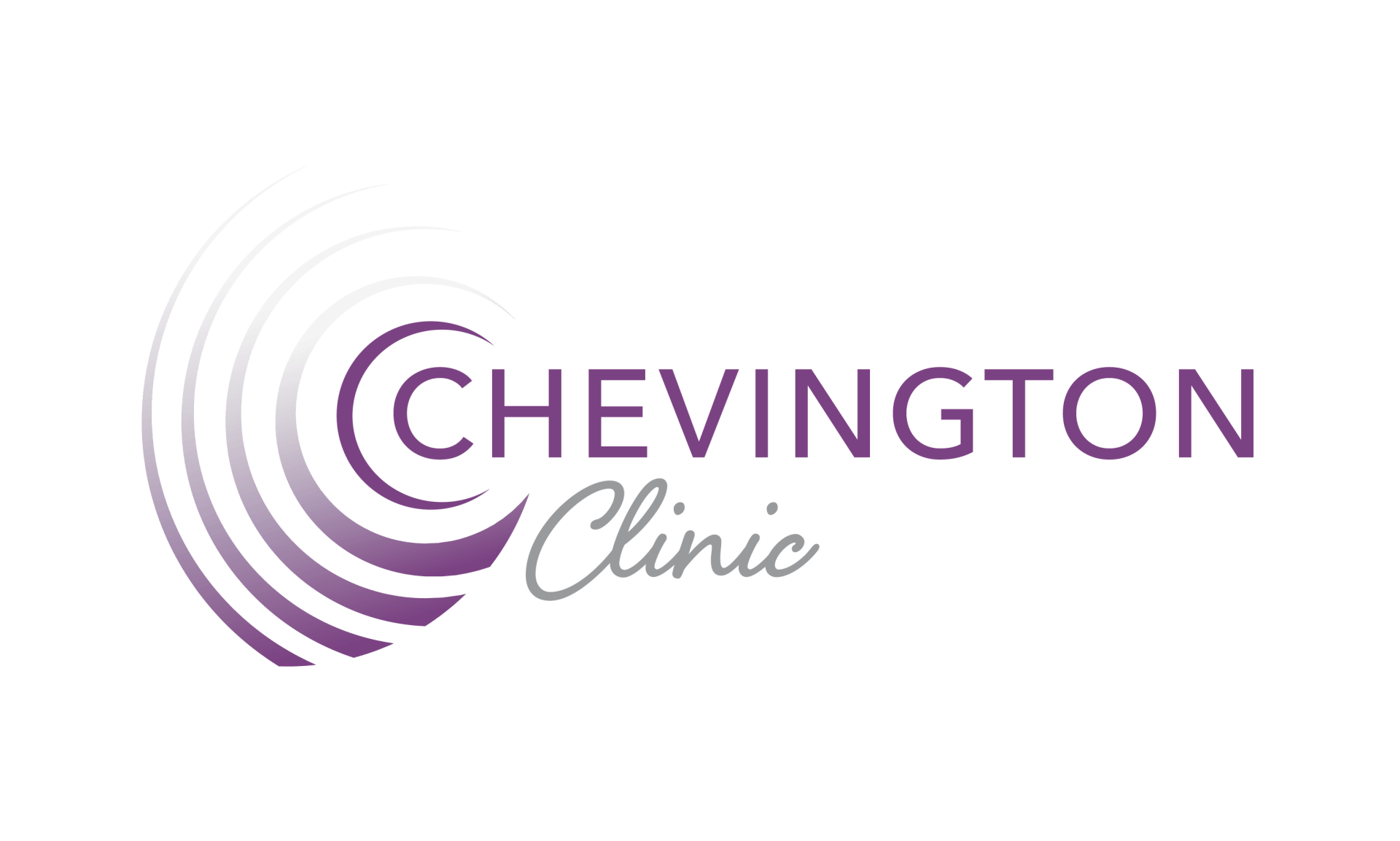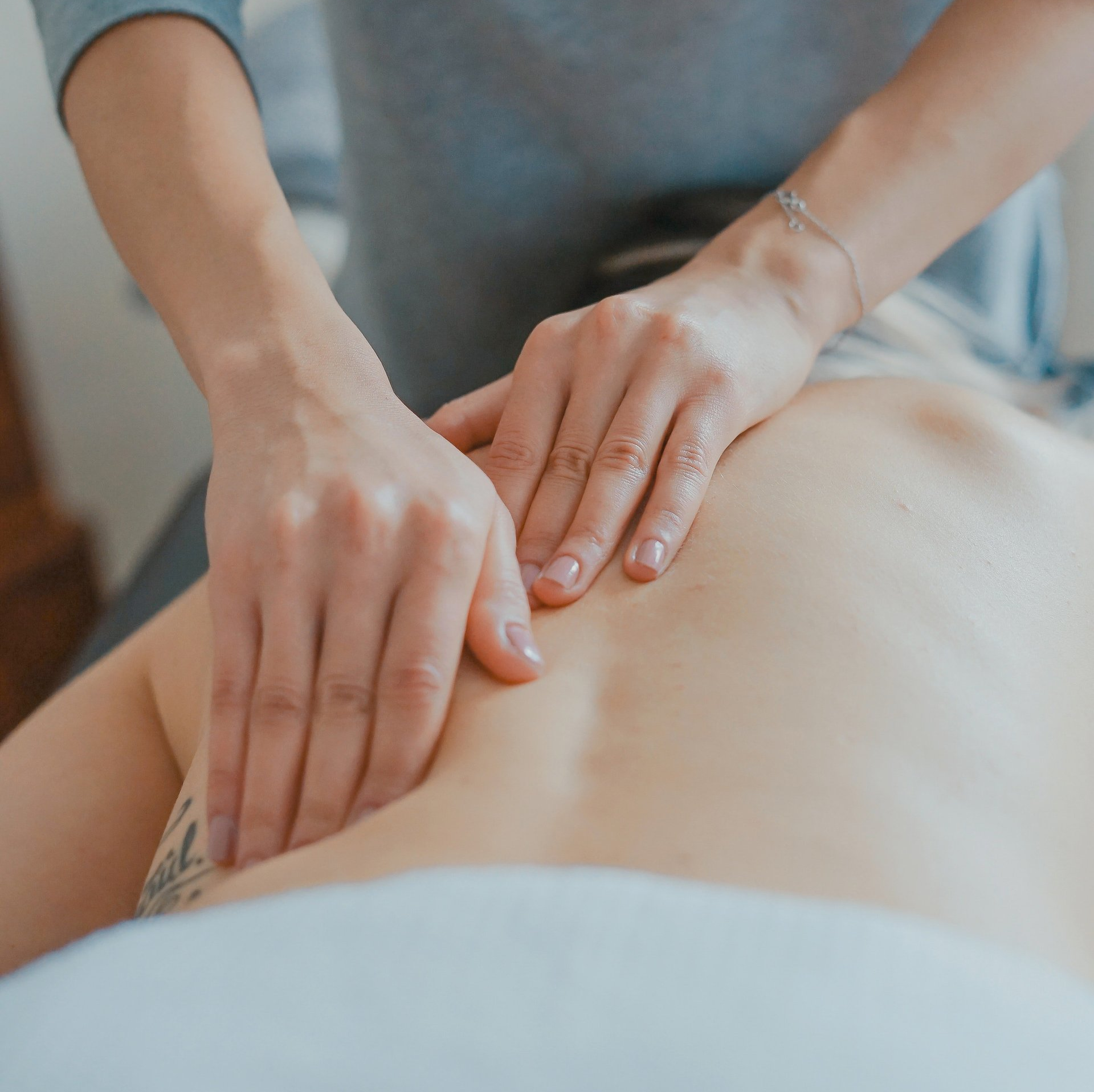info@chevingtonclinic.co.uk
(+44) 01883 743355

MASSAGE THERAPY AND REMEDIAL BODY WORK
MASSAGE THERAPYAND REMEDIAL BODY WORK
What is the difference?
Massage releases tension and reduces mental stress which promotes feelings of well being and vigour. It will have a calming effect on the nerve endings which reduces stress and enhances relaxation, increasing the blood flow around the body which aids the removal of waste materials, which if left can cause stiffness and pain.
Remedial body work, or sports massage as it is also known, is designed not only for athletes but those who lead active, busy and physically demanding lifestyles. It is also a complementary treatment to other therapies including Chiropractic and Osteopathy.
The treatment includes slow, deep muscle releasing techniques combined with mobilising and stretching which aim to break down scar tissue and muscle adhesions and to stretch and realign areas of shortened, tangled muscle fibres. This will also enhance flexibility and reduce the risk of injuries in the future.
REMEDIAL BODY WORK INCLUDES:
- Postural evaluation
- Muscle testing
- Neuromuscular techniques
- Muscle energy techniques
- Lymphatic drainage
- Pain control techniques

Sports injury management
This will include a full assessment of the injury including postural evaluation and preventative techniques.
Injuries include sprains, strains, nervous tissue damage, overuse injuries.
Injuries to head and trunk, clavicle, spine, thorax, lumber spine, abdomen, pelvis, shoulder, upper arm, elbow, forearm, wrist and hand, hip, thigh, knee, lower leg, ankle and foot.
Rehabilitation
This treatment will design a personal rehabilitation programme that suits you and your needs in helping you to recover safely and reducing the risk of future or re-occurrence of injury.
Early stage to late stage rehabilitation, none, partial and full weight bearing exercises. Biomechanics – gait analysis, biomechanical conditions of the foot, ankle and knee.
